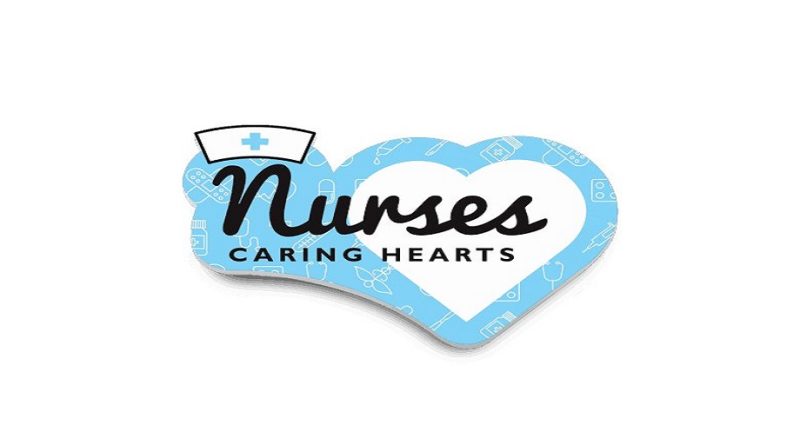Empathy and Kindness: The Keys in Hospice Care
For many who work in a hospice, end-of-life care can be stressful and saddening. And sometimes the only way to remain positive is to keep a professional and aloof attitude. But is that the best thing for patients?
Now more than ever, clinical empathy and kindness are becoming the chosen approach when it comes to hospice care. Physicians and caregivers now see the value of expressing empathy to their patients, especially when research has shown that it can improve doctor-patient relationships.
Sometimes, empathy, compassion and kindness begins with eye contact, and using professional name tags for nurses and other staff can be the initial step in clinical empathy.
What is End-of-life Care?
End-of-life care (EOLC) refers to the last phase of a person’s life, which includes the time before death. EOLC is often referred to as hospice care. In the United States, hospice care is provided by a team of professionals who work together to provide comfort and support to patients and their families at the end of life.
Why Does Empathy and Kindness Matter in Hospice Care?
The first step in providing compassionate care is understanding what makes someone feel compassion. Compassion is defined as, “the state of mind that prompts us to act in ways that benefit others.”
When medical staff understand how people experience pain, fear, and loss, they can then begin to develop strategies to help them cope with these feelings. Often it starts with a simple introduction, and addressing patients on a first name basis.
Professional name tags for nurses and other caregivers can go a long way in helping hospice patients feel comfortable and at ease. Once they feel comfortable, they will open up more and share their feelings with staff.
Medical professionals should listen to their patients to show their support and compassion for their patients’ condition. Even these simple actions go a long way in humanizing a patient.
What Makes Caregivers and Hospital Staff Empathetic
Professionals should consider how they want to be treated if they were the patient, and many physicians have cited that they could improve on how they communicate their empathy and consideration to their patients.
Hospice staff can practice empathy by taking the time to listen to others and trying to understand where they are coming from. You can also record details about the patient, such as their hobbies or favorite books.
You can then raise that simple fact later on when you meet them, and the simple act of asking about their interest can go a long way in showing empathy. Saying something like, “I’m sorry you had to go through that,” or “That was hard for you,” shows that you understand how difficult it is to deal with certain situations.
Encourage Kindness in End-of-life Care
Empathy is the first step in encouraging kindness and compassion in hospice care, and often the first step depends on the medical staff. If you want to build compassion and help patients, then it should start by focusing on how you want to be treated as a patient.




